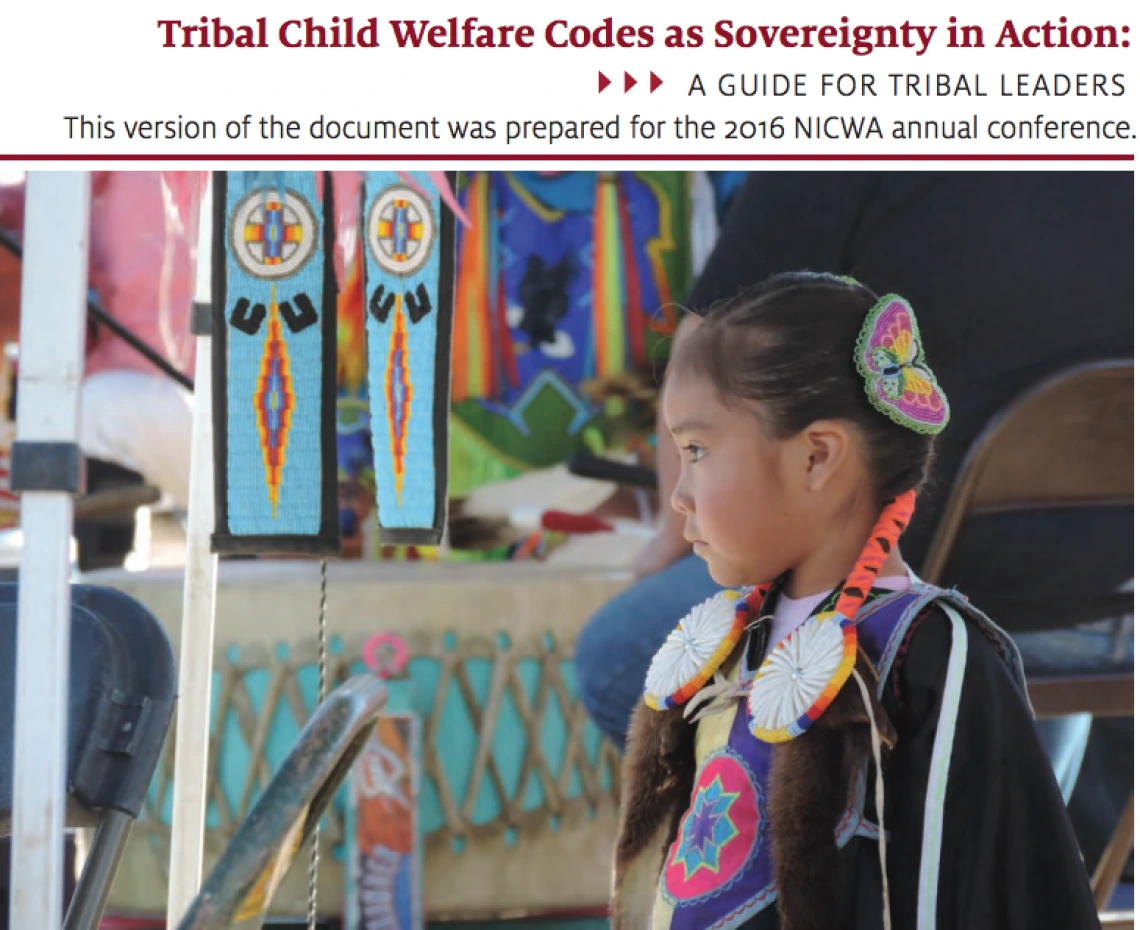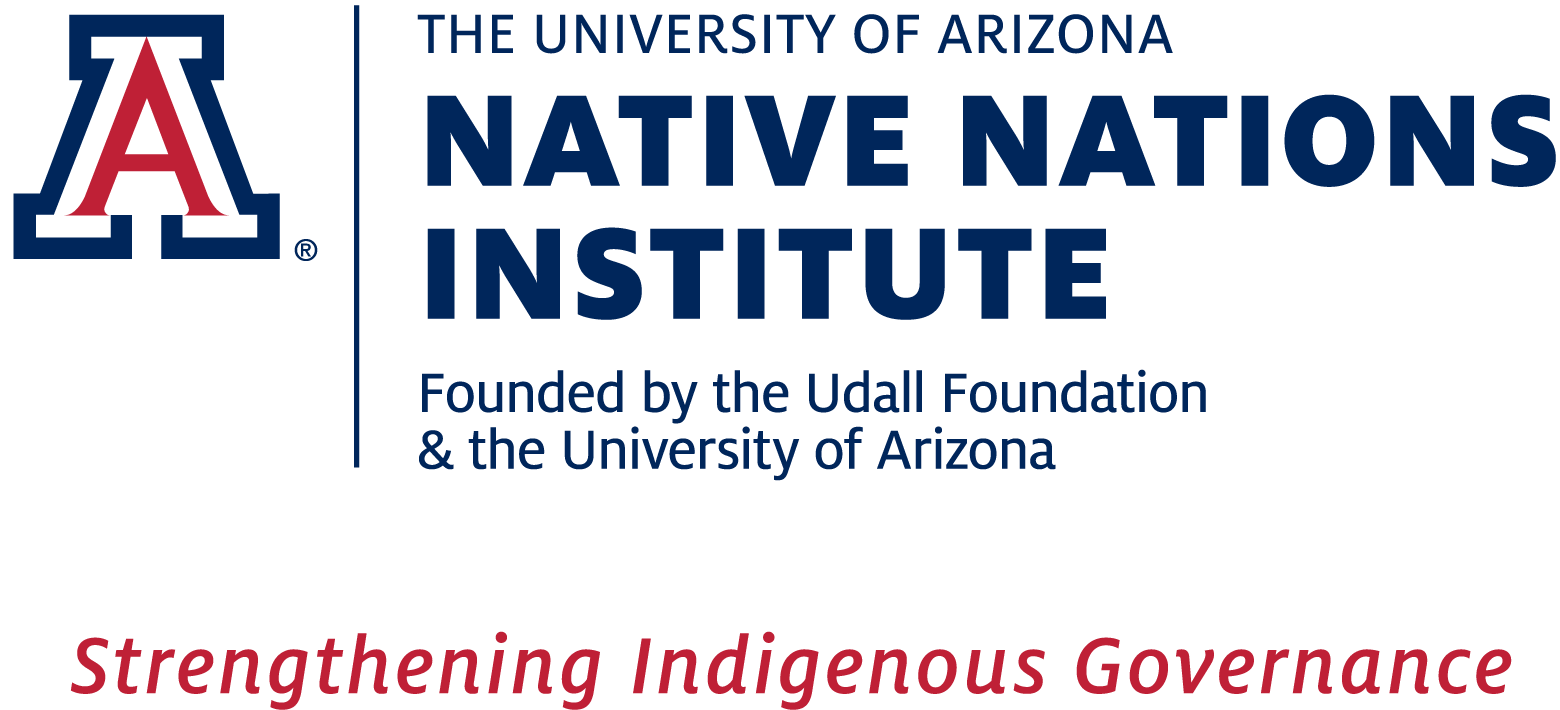Tribal Child Welfare Codes as Sovereignty in Action: A Guide for Tribal Leaders

Based on a study of 107 tribal child welfare codes3 conducted collaboratively by the Native Nations Institute (NNI) at The University of Arizona and the National Indian Child Welfare Association (NICWA), this report focuses on eight core aspects of tribal child welfare policy:
- Jurisdiction
- Mandatory reporting
- Alternative (differential) responses
- Paternity
- Removal of a child from the family home
- Termination of parental rights
- Permanency(guardianships and adoption)
- Best interest of the child
Where relevant, our discussions consider how tribal child welfare codes reflect tribal culture and tradition and how codes can reflect the specific needs of a tribal community. Throughout, the report aims to provide decision-relevant information for tribal leaders working to increase protections for their communities’ children and families.
Citation
Starks, Rachel Rose, Adrian T. Smith, and Mary Beth Jäger. 2016. Tribal Child Welfare Codes as Sovereignty in Action: A Guide for Tribal Leaders. In This version of the document was prepared for the 2016 NICWA annual conference edited by Miriam Jorgensen and Stephen Cornell. Tucson and Portland: Native Nations Institute and National Indian Child Welfare Association.

